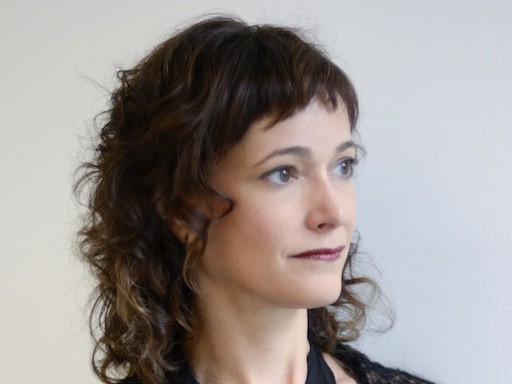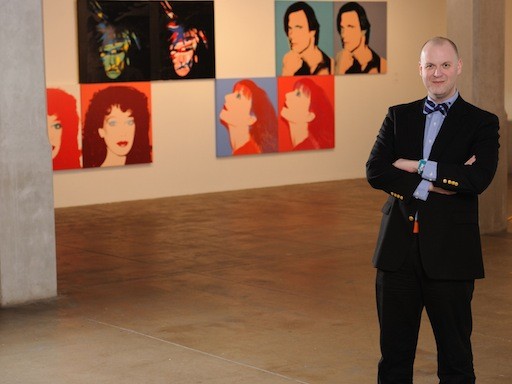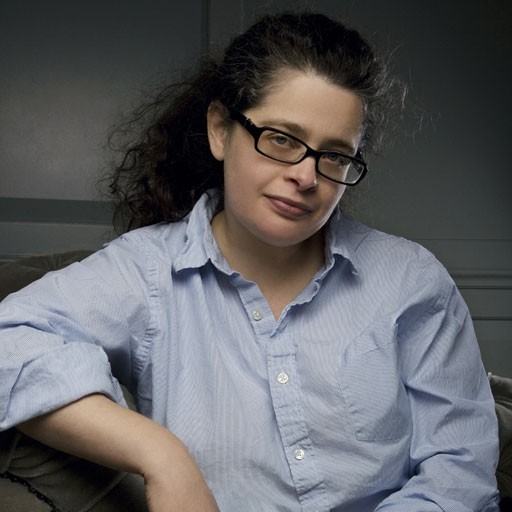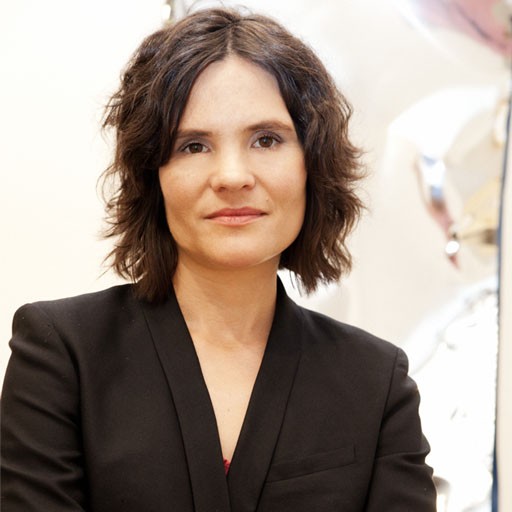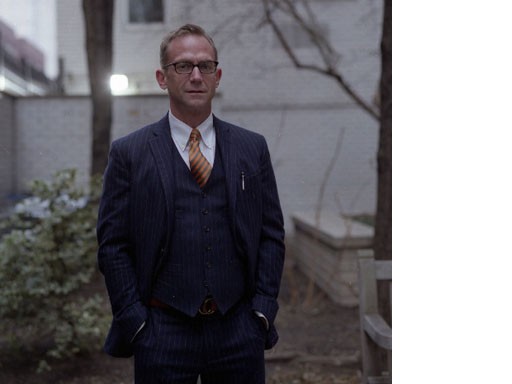The art dealer Jeanne Greenberg Rohatyn is an effortless bridger of worlds. Operating the flagship space of her Salon 94 gallery out of her Upper East Side townhouse, she also runs a pair of adjunct galleries in a gritty part of downtown, on the Bowery and in Freemans Alley. Capable of making the ideas behind contemporary art connect with millions of people outside the art world—as she nimbly demonstrated as a judge on the debut season of Bravo's show "Work of Art" in 2010—she is also one of the few art professionals who can get the reclusive artist and living legend David Hammons on the phone.
Her ease is in part due to her upbringing as the daughter of eminent dealer Ronald Greenberg of Greenberg Van Doren Fine Art, and it has helped her break into new markets, both in terms of her artist roster (which now includes the hip-hop art jokester Jayson Musson) and client list (which boasts Alex Rodriguez and Jay-Z among many other less famous connoisseurs).
This year, Salon 94 is returning to Art Basel Miami Beach with a solo show of work by the artist and Columbia University art professor Jon Kessler. To learn how an adventurous and savvy art dealer approaches Art Basel, we spoke to Greenberg Rohatyn about her art-fair strategy.
At right, see works on Artspace by two Salon 94 artists.
As a dealer, what variety of goals do you have when participating in a fair?
We generally curate our booths, with a focused presentation of one or two artists. This year we are displaying a forest of single works by Jon Kessler. Years ago Sarah Lucas showed small-scale works with Sadie Coles, and collectors, including myself, seized upon this rare moment—and we believe this will also be true for Jon, who works on large-scale kinetic installations. The works must be seen in person, since they're time-based—for instance, a boy mannequin kneels in a box, mechanically turning a wheel that connects to a tube blowing air to make bubbles on a pedestal above. Jon has been working rigorously on these for the past year. When I was in the studio a few weeks ago, he was finishing up, still considering the type and color of the bubble liquid! Ultimately, this is a show in miniature of the artist, who will also be premiering an homage to Jean Tinguely at the Swiss Institute this spring.
How would you describe the ideal sale? (I.e., a six-figure sale of a young artist to MoMA, etc.)
An ideal sale is to place a work with a collector or museum who will act as a patron for the artist, supporting their work for years to come. MoMA once bought the Marilyn MinterGreen Pink Caviar DVD for $39, but it played in their lobby for almost a year! This was a great sale.
How does a dealer regard curators and museum representatives differently from collectors at a fair?
At an art fair, there are surprise on-the-spot sales. To react quickly to a collector's desire is key to a gallery's success at an art fair. The treasure-hunting atmosphere can be very intoxicating.
What was the most successful fair you ever did? When? Why?
That depends on how you measure success. It could entail placing a work in a great collection or having a curator begin a discussion for a one-person exhibition. In London at the Frieze Art Fair, for instance, we have been bringing historical works by Lorna Simpson—and these are quickly sold to museums abroad who are now filling in their collections. We search for these works all year long so we can bring them to the fair.
What percentage of your annual sales would you say you make at art fairs?
I have never calculated—which probably means that it is not a significant percentage. Some years, I consider categorizing our booth overhead as an advertisement cost.
What is the most effective way for a collector to negotiate prices at a fair? Are there any approaches you consider inappropriate?
An offer is always considered, but generally we know our bottom line and cut to this with our regular clients. Overhead can be painful….
What kind of information are you most skeptical of at a fair? (I.e., reports of sales in the press, etc.)
I can only judge the success of a fair from our own results—and sometimes the results come in months after the fair.
When you have a chance to walk around a fair, what do you look for?
I walk around the fair regularly and always I find work to recommend to clients, or to purchase myself. This is when your eye muscles kick into gear—weeding and editing.
What are some of the most significant discoveries you've made at fairs?
At Art Basel [in Switzerland] this past June we purchased a Nick Relph phantom car sculpture for a client who was looking for a great conceptual outdoor sculpture that is easily transportable. The four tires spaced apart to suggest a missing or invisible car seemed a great antidote to all of the heavy bronze sculptures.
How are you planning to tackle the array of fairs in Miami this week? In other words, how will you structure your time down there?
The priority to install our booth and a client's collection. I will devote most of my time to being at the main fair, walking the aisles, looking at art, and speaking to colleagues. While there are plentiful outside activities, I enjoy the old-fashion trade-show aspect of an art fair.
What kind of gear do you bring to an art fair? (E.g., a notebook, camera, bottle of water.)
My iPhone to take photos and notes.
What is your opinion of art fairs, generally speaking?
The art fair is an efficient way to see a lot of work.
What is the worst art-fair faux pas?
Not being at the booth at the right moment.











